Explanation
Seodaemun Prison was built under the Japanese administration to imprison independence movement activists. It first opened on October 21, 1908 under the name Gyeongseong Prison. Eventually, so many activists were imprisoned that the building had to be expanded. At that time, the name changed to Seodaemun Prison on September 3, 1912. Eighty years later, the prison was turned into Seodaemun Independence Park on August 15, 1992 to commemorate the Korean patriots who were tortured in prison, giving their lives for freedom. Of the many buildings, only seven were preserved for their historical significance, among which three prison buildings and the execution site were designated as a Historic Site. In 1998, the park underwent another transformation into today's Seodaemun Prison History Hall to educate the public on the importance of Korea's independence and the sacrifices of those who fought to achieve it.
Homepage
Information Use
Contact and Information : +82-2-360-8590
Parking facilities : Available (Seodaemun-gu Independence Park Parking Lot)
Parking Fees : [Independence Parking Lot]
Large vehicles: 900 won per 10 min
Small & mid-sized vehicles: 300 won per 10 min
Day off : Mondays (closed the following business day if Monday is a public holiday), January 1, the day of Seollal (Lunar New Year's Day) & Chuseok (Korean Thanksgiving Day)
Charges : Individuals - Adults 3,000 won / Teenagers 1,500 won / Children 1,000 won
Groups - Adults 2,400 won / Teenagers 1,200 won / Children 800 won
* Free admission: Preschoolers (ages 6 & under), senior citizens (ages 65 & over)
Hours : March-October 09:30-18:00
November-February 09:30-17:00
* Last admission 30 min before closing
Touring Time : Approx. 1 hr - 1 hr 30 min
More information
Foreign Language Intepretation Services
Docent tour available
- Reservation required one week before visiting
- Available in English, Japanese, and Chinese
- Groups: 20 people or fewer
- Refer to the website for more info
Location
251 Tongil-ro, Seodaemun-gu, Seoul
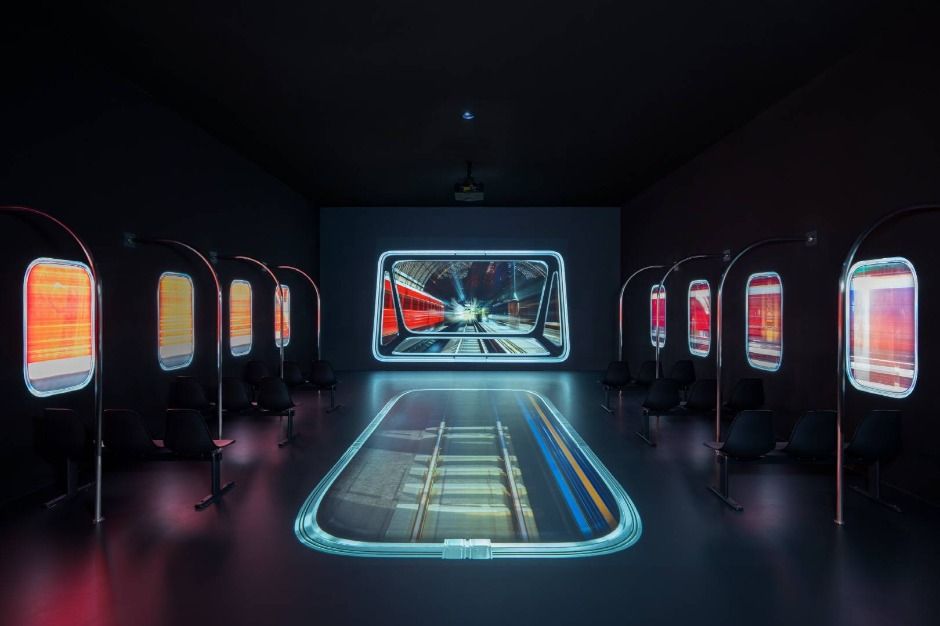
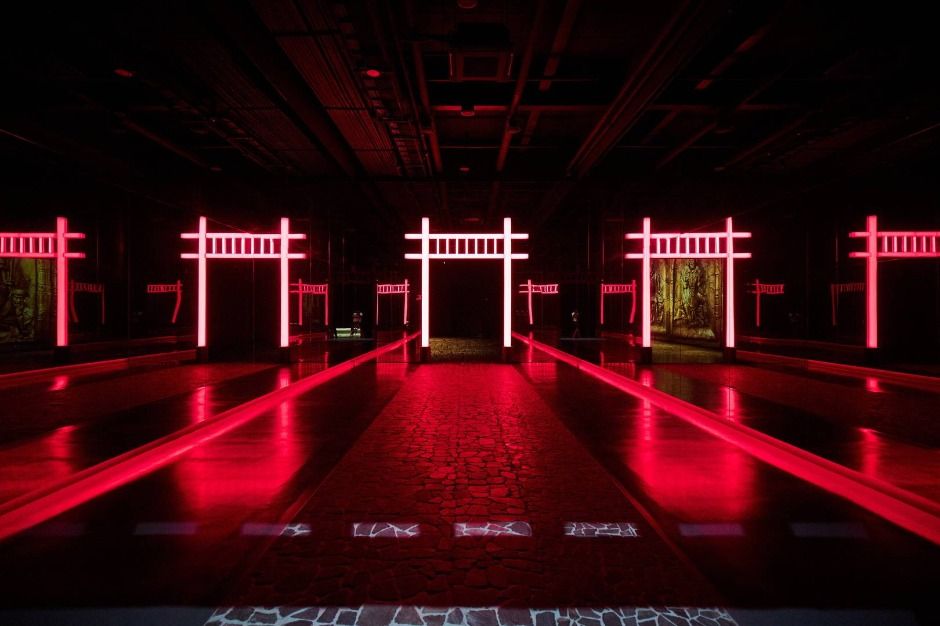
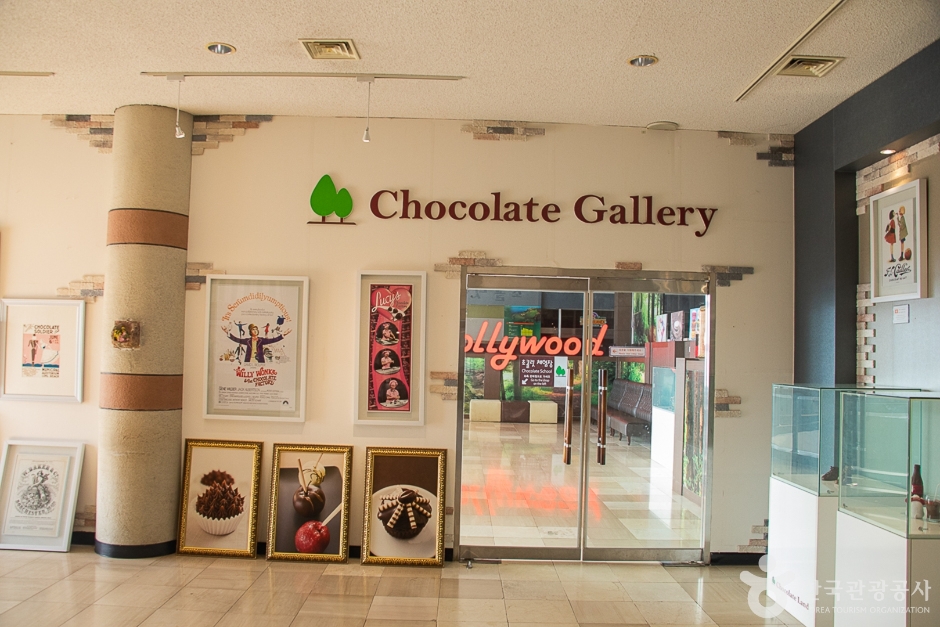
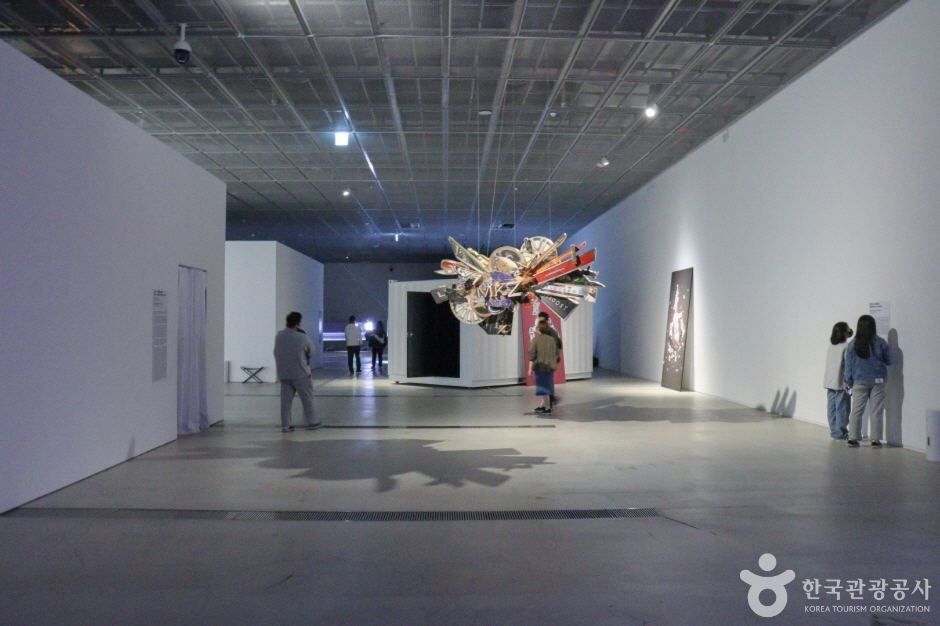
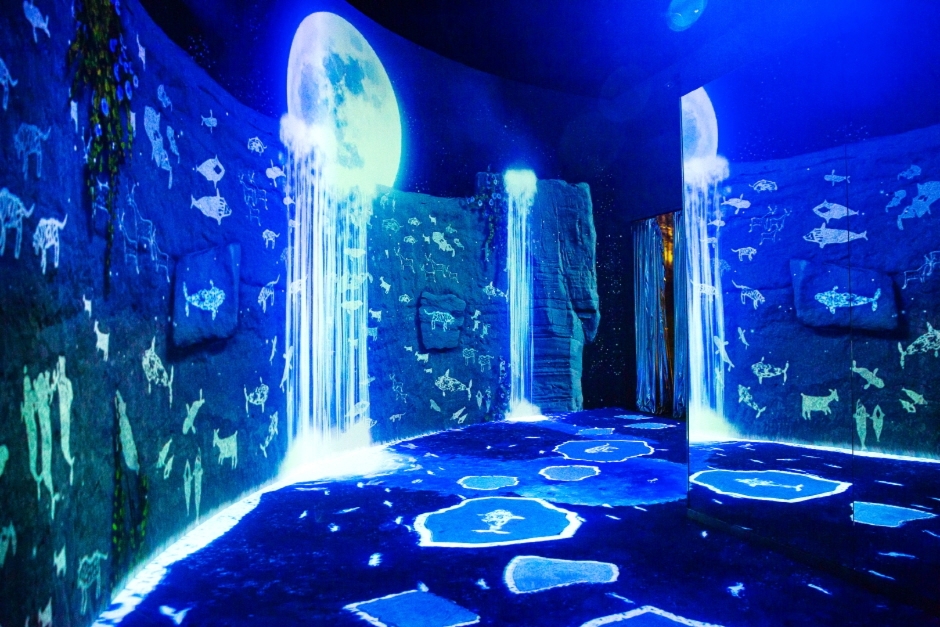
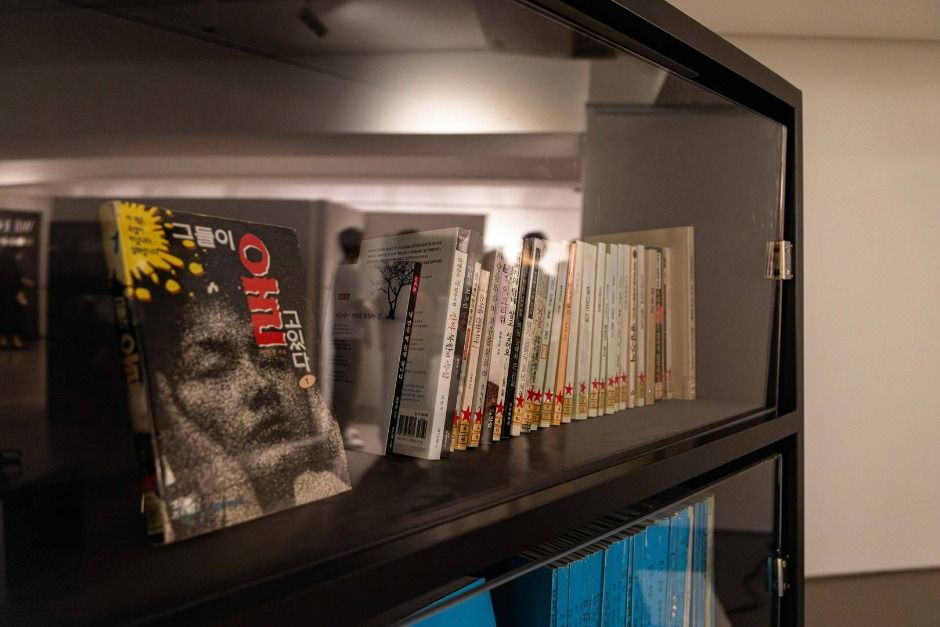
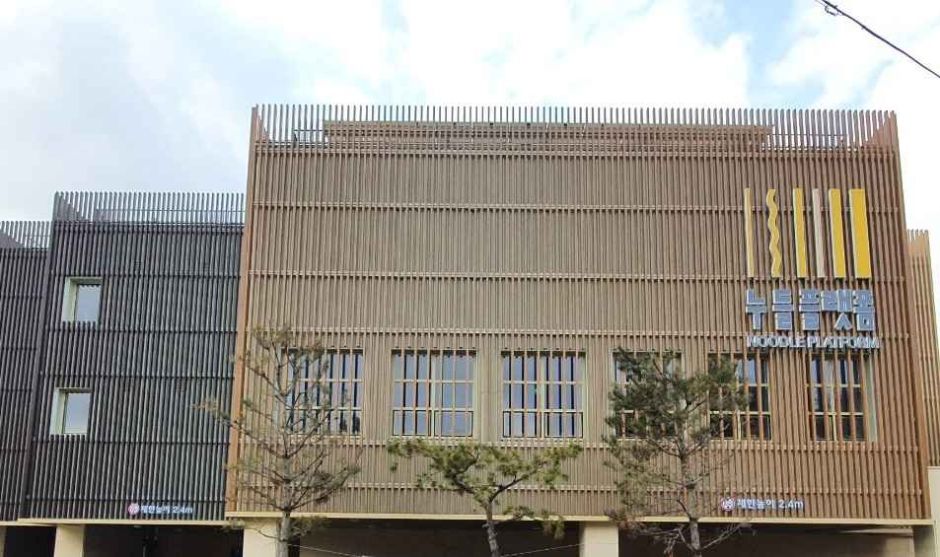
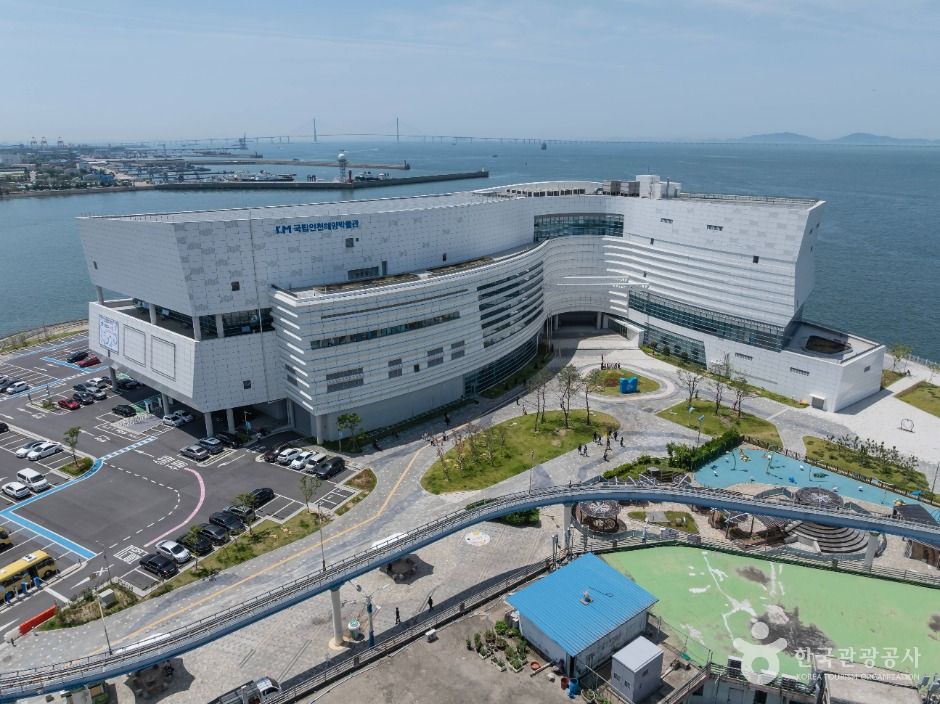
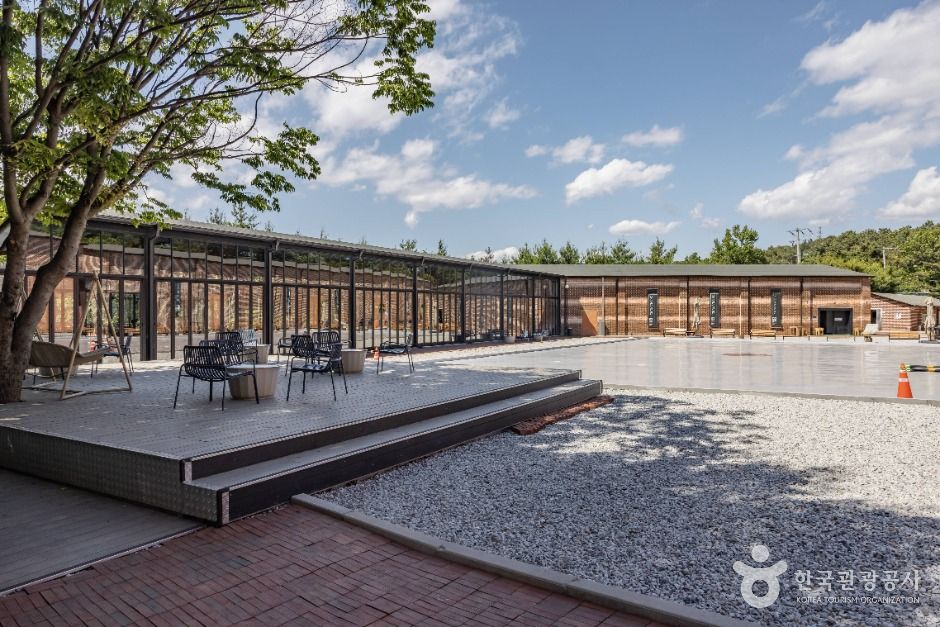

 English
English
 한국어
한국어 日本語
日本語 中文(简体)
中文(简体) Deutsch
Deutsch Français
Français Español
Español Русский
Русский